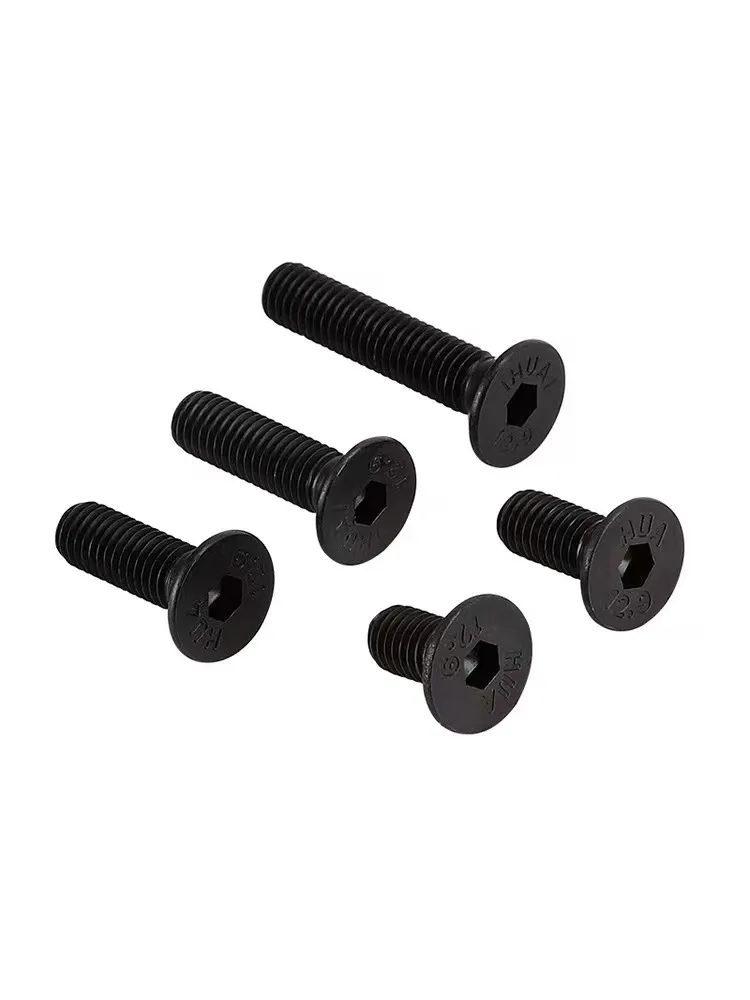

Exploring the Differences and Applications of Washers and Spring Washers in Mechanical Engineering
Th8 . 12, 2024 19:10 Back to list
Exploring the Differences and Applications of Washers and Spring Washers in Mechanical Engineering
Understanding Washers and Spring Washers Essential Components in Mechanical Assemblies
In the world of mechanical engineering and assembly, small components often play critical roles in ensuring the functionality and longevity of a system. Among these components, washers and spring washers are indispensable, anchoring the myriad of mechanical constructions we encounter daily. Although simple in design, their importance in various applications cannot be understated.
What are Washers?
A washer is a flat, disc-shaped component, usually made from materials such as metal or plastic. It is typically used to distribute the load of a threaded fastener, like a bolt or nut, preventing damage to the surfaces being fastened together. Additionally, washers serve to reduce friction, prevent leakage, and protect surfaces from wear and corrosion.
Washers come in various types, each tailored for specific applications. For instance, flat washers, which are the most common, can be found in virtually every assembly, providing a foundation that ensures even pressure distribution. These are ideal for applications where there is a risk of a bolt or nut pulling through the material.
The Role of Spring Washers
While standard washers serve to distribute loads, spring washers fulfill a different but equally vital function. A spring washer, or lock washer, is designed to exert a spring force, which helps to maintain tension in a bolted joint. This continuous pressure helps to prevent loosening due to vibrations or thermal expansion, making spring washers particularly applicable in machinery and automotive assemblies subject to dynamic conditions.
washer and spring washer

Spring washers can be found in various forms, such as helical, cone, and serrated designs, each offering distinct advantages depending on the intended environment. For example, helical spring washers provide excellent resistance to loosening, whereas serrated washers create a gripped surface that is beneficial for applications dealing with high vibration.
Applications and Benefits
The applications of washers and spring washers are vast and diverse. In construction and manufacturing, they are commonly used in joints where a secure and stable connection is required, such as in structural steelwork or machinery assembly. Their role is even more crucial in automotive applications, where safety and reliability are paramount. Ensuring that components remain tightly fastened amid the rigors of driving conditions is essential, making the use of spring washers a standard practice.
Beyond their mechanical functions, these components also contribute significantly to the efficiency of maintenance. In industries that require frequent assembly and disassembly, such as aerospace or heavy machinery, the ability to easily replace a washer can save time and resources.
Conclusion
In summary, washers and spring washers may seem like minor components within mechanical assemblies, but they are fundamental in ensuring stability, reliability, and safety. Their various types and designs cater to a wide range of applications, underscoring the intricacies of mechanical engineering. As we continue to innovate in various industries, the importance of these simple yet effective components will undoubtedly remain at the forefront of mechanical design and assembly practices, playing a pivotal role in the modern world.
Latest news
-
Premium Fasteners Manufacturer | AI-Driven Solutions
NewsAug.01,2025
-
Hot Dip Galvanized Bolts - Hebei Longze | High Strength, Corrosion Resistance
NewsAug.01,2025
-
High-Strength Hot Dip Galvanized Bolts - LongZe | Corrosion Resistance, Custom Sizes
NewsAug.01,2025
-
Best Self Tapping Screws for Drywall - Fast & Secure Installation
NewsJul.31,2025
-
High-Strength Hot Dip Galvanized Bolts-Hebei Longze|Corrosion Resistance&Customization
NewsJul.31,2025
-
Hot Dip Galvanized Bolts-Hebei Longze Metal Products|Corrosion Resistance&High Strength
NewsJul.31,2025

